Understanding Gable vs Hip Roof: Choosing the Best Roof Design for Your Home
Choosing between a gable vs hip roof impacts not only your home’s appearance but also its durability in the face of weather, maintenance demands, and potential cost savings. If you’re looking to understand which roof type is best suited to your needs or how each fares in aesthetics, weather resistance, and long-term costs, our direct comparison will guide you through the essentials, setting a firm groundwork for making your decision.
Key Takeaways
-
Gable roofs offer more attic space and efficient water shedding but can be less wind-resistant without proper reinforcement, while hip roofs provide superior wind resistance and aesthetic appeal but often come at a higher construction cost.
-
Homeowners may receive insurance discounts for choosing hip roofs in areas prone to hurricanes due to their enhanced wind resistance, which can translate into long-term savings despite their initial higher installation costs.
-
Both gable and hip roofs have unique architectural variations for diverse aesthetic preferences, and they can both integrate additional features like skylights and solar panels to enhance home functionality and energy efficiency.
Deciphering the Gable Roof: Structure and Aesthetics
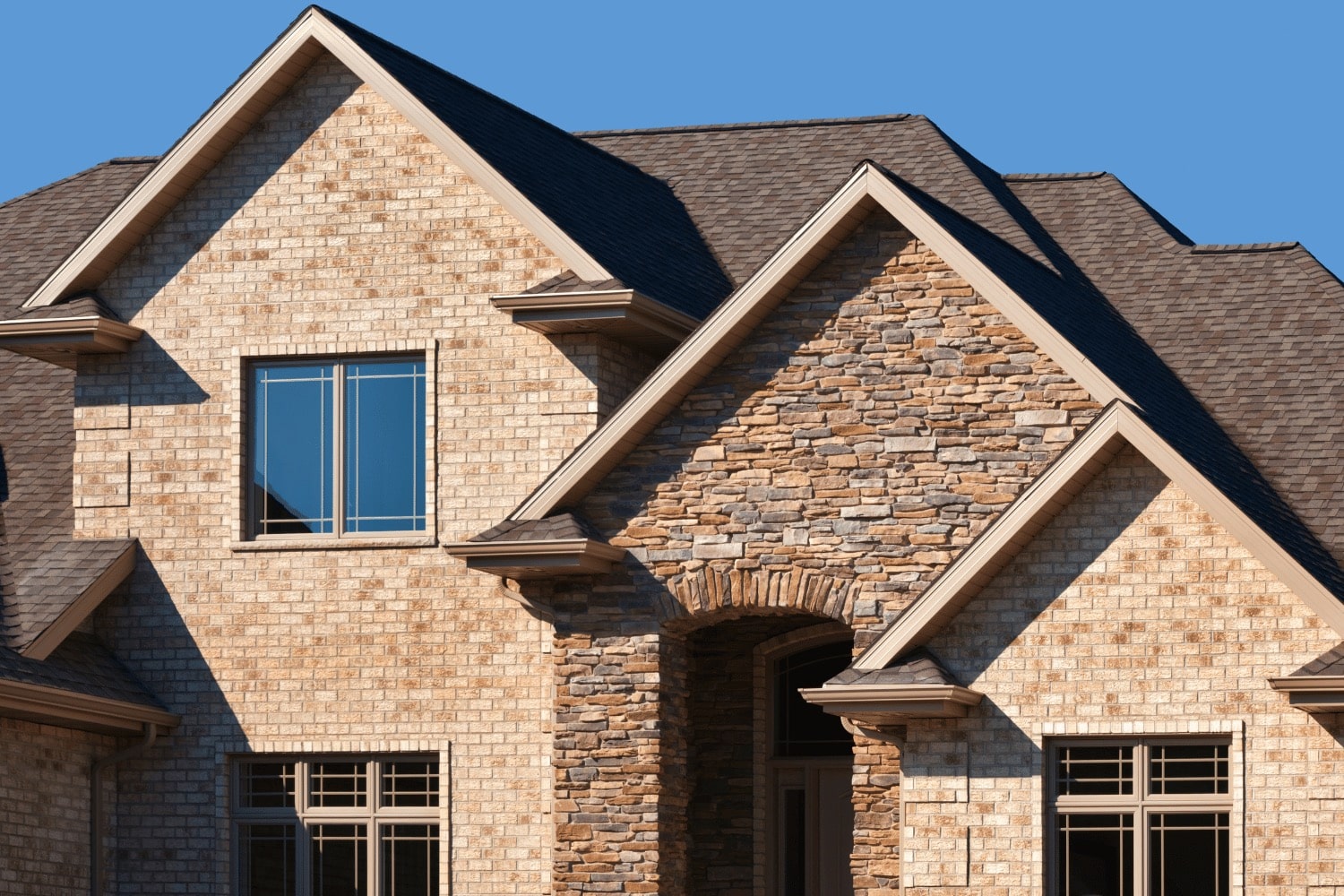
Gable roofs are an architectural classic. With a triangular shape that’s as timeless as the pyramids, gable roofs have graced the top of homes from the humblest cottages to grand colonial houses. Picture the quintessential child’s drawing of a house: a square base topped with a triangular roof. That triangle is what’s known as a gable.
A gable roof presents a simple but efficient structure. It’s formed when two sloping sides intersect at the top, creating a ridge and leaving an open triangular space at each end, known as the gable. With their high sloping sides, gable roofs set themselves apart from the low-sloping sides of hip roofs, creating more attic space and allowing for efficient shedding of water.
However, gable roofs are not without challenges. Their shape offers less resistance to wind compared to other roof designs. In high winds and heavy snowfall, gable roofs can suffer from structural damage, increasing the risk of roof collapse in extreme conditions. To address this, gable roofs often require additional diagonal bracing, which can be a cost-effective solution for existing roofs.
The Anatomy of a Gable Roof
From the front or back, a gable roof resembles an ‘A’ shape. This is formed when two sides of the roof slope downwards from a central ridge, intersecting at the top to form a peak. The open triangular spaces at either end of the slope are the gables, a characteristic trait of this roof style.
Advantages of Gable Roofs
One of the major advantages of gable roofs is the additional attic space they provide. This extra room can be used for storage or can even be converted into living areas, making the most of your home’s footprint.
Gable roofs are also particularly suitable for regions with heavy precipitation, as their shape effectively sheds water, snow, and debris, keeping your home dry and safe.
Challenges with Gable Roofs
Despite their merits, gable roofs may not suit all conditions. Their shape renders them less wind-resistant compared to other roof styles, potentially making them susceptible during heavy winds. To ensure stability under such circumstances, gable roofs might require extra diagonal bracing.
However, with proper design and reinforcement, gable roofs can be made more wind-resistant, ensuring a safe and secure home in all weather conditions.
Unveiling the Hip Roof: Design Complexity and Functionality
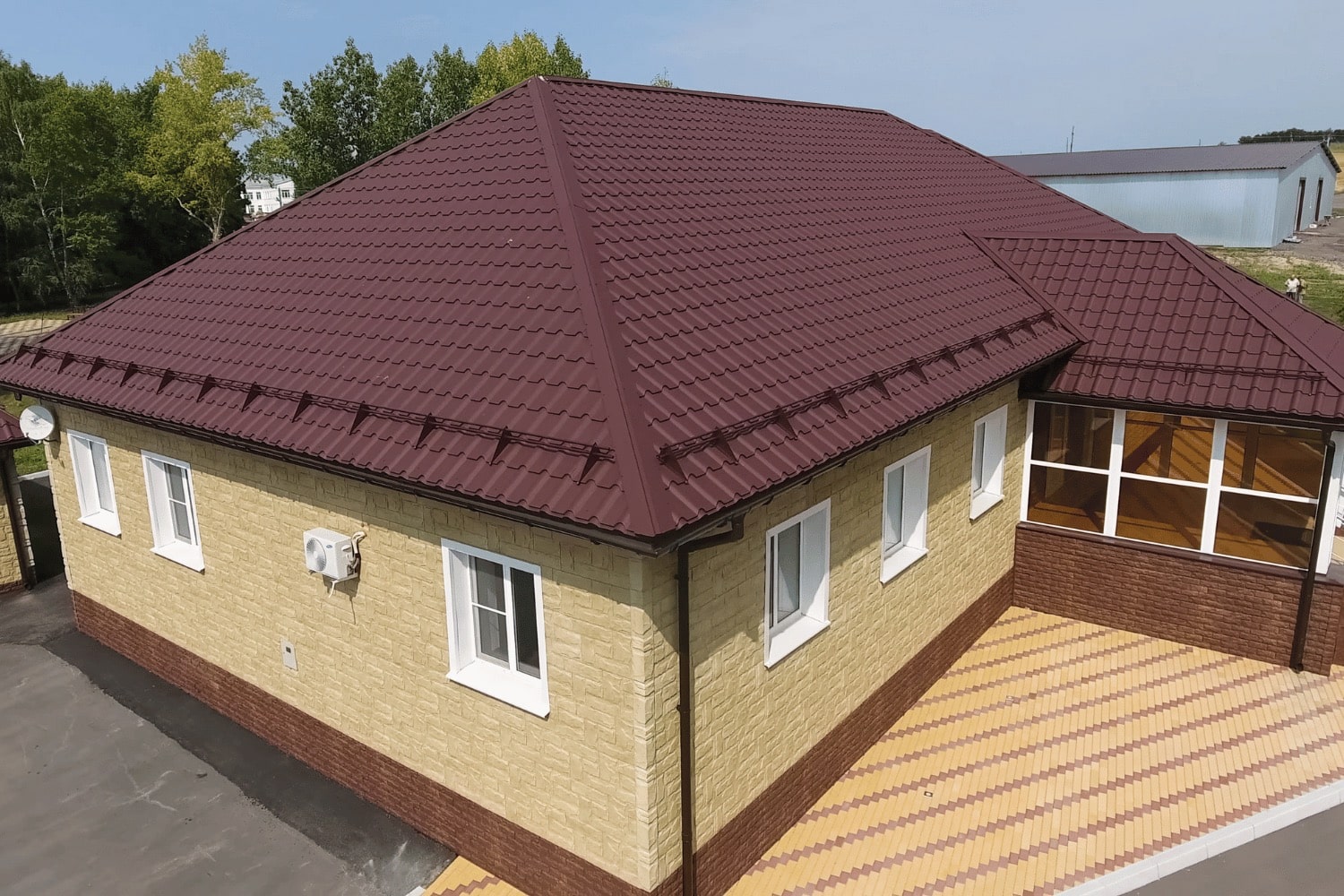
Contrasting the simplicity of gable roofs, hip roofs offer a complex design. Hip roofs are distinct with slopes on all four sides, converging at a single point at the top, unlike the two-sided slope of gable roofs. This unique design enhances their stability and provides superior wind resistance, making them a popular choice in areas prone to extreme weather.
Hip roofs are not just functional, they’re also aesthetically appealing. Their unique design, combined with their resilience, makes them a valuable choice for homeowners looking for both functionality and visual charm. However, designing and constructing a hip roof can be more complex and, therefore, more costly than a gable roof due to the need for more materials and labor.
Yet, despite their higher construction costs, hip roofs can offer homeowners significant benefits. Thanks to their superior wind resistance, homes with hip roofs may be favored by insurance companies, potentially translating into cost savings for homeowners. The aerodynamic design of hip roofs allows them to deflect strong winds better than gable or flat roofs, reducing the chances of wind-induced damage.
In fact, in areas frequently hit by hurricanes, owning a home with a hip roof could qualify you for insurance discounts, reaching up to 32% for wind mitigation.
The Blueprint of a Hip Roof
Hip roofs offer a unique and practical design. Unlike the triangular structure of a gable roof, a hip roof descends from the peak to each of the four corners, forming a shape devoid of vertical ends. This results in a consistent eave line around the house, a distinctive architectural feature that enhances the overall aesthetics of the home.
However, due to the sloped design on all sides, a hip roof requires comprehensive gutter systems around the entire perimeter of the house to effectively manage rainwater.
Benefits of Hip Roofs
One of the key benefits of hip roofs is their ability to withstand high winds. Thanks to their aerodynamic design, hip roofs can deflect strong winds better than gable or flat roofs, reducing the chances of wind-induced damage. In comparison, gable roof advantages may not be as effective in such situations.
Furthermore, owning a home with a hip roof could qualify you for insurance discounts in areas frequently hit by hurricanes, reaching up to 32% for wind mitigation. This, combined with their overall durability, can lead to significant financial benefits for homeowners.
Limitations of Hip Roofs
Though hip roofs come with numerous advantages, they also have some drawbacks. These roofs generally incur higher construction costs than gable roofs, as they require more materials and labor. Additionally, the design of hip roofs includes diagonal bracing that occupies potential attic space, resulting in less usable attic area compared to gable roofs.
Furthermore, due to their design which includes more seams, hip roofs require more roofing materials and thus demand more maintenance over time compared to gable roofs.
Gable vs Hip Roof: A Comparative Analysis
Gable and hip roofs both possess distinct advantages and face unique challenges. Aesthetically, the choice between the traditional appeal of gable roofs and the intricate design of hip roofs lies in the homeowner’s personal taste and design objective.
When comparing a hip roof vs a gable roof, it’s important to note that from a practical perspective, hip roofs are generally more durable and offer better wind resistance than gable roofs, a consideration crucial in areas prone to extreme weather. However, when it comes to roofing materials, gable roofs are observed to require less maintenance compared to hip roofs.
Yet, when you consider the added attic space provided by gable roofs or the potential insurance savings offered by hip roofs, the choice may not be so clear-cut. Ultimately, the decision between a gable and a hip roof will depend on a homeowner’s specific needs, preferences, and the local climate.
Roof Style and Visual Impact
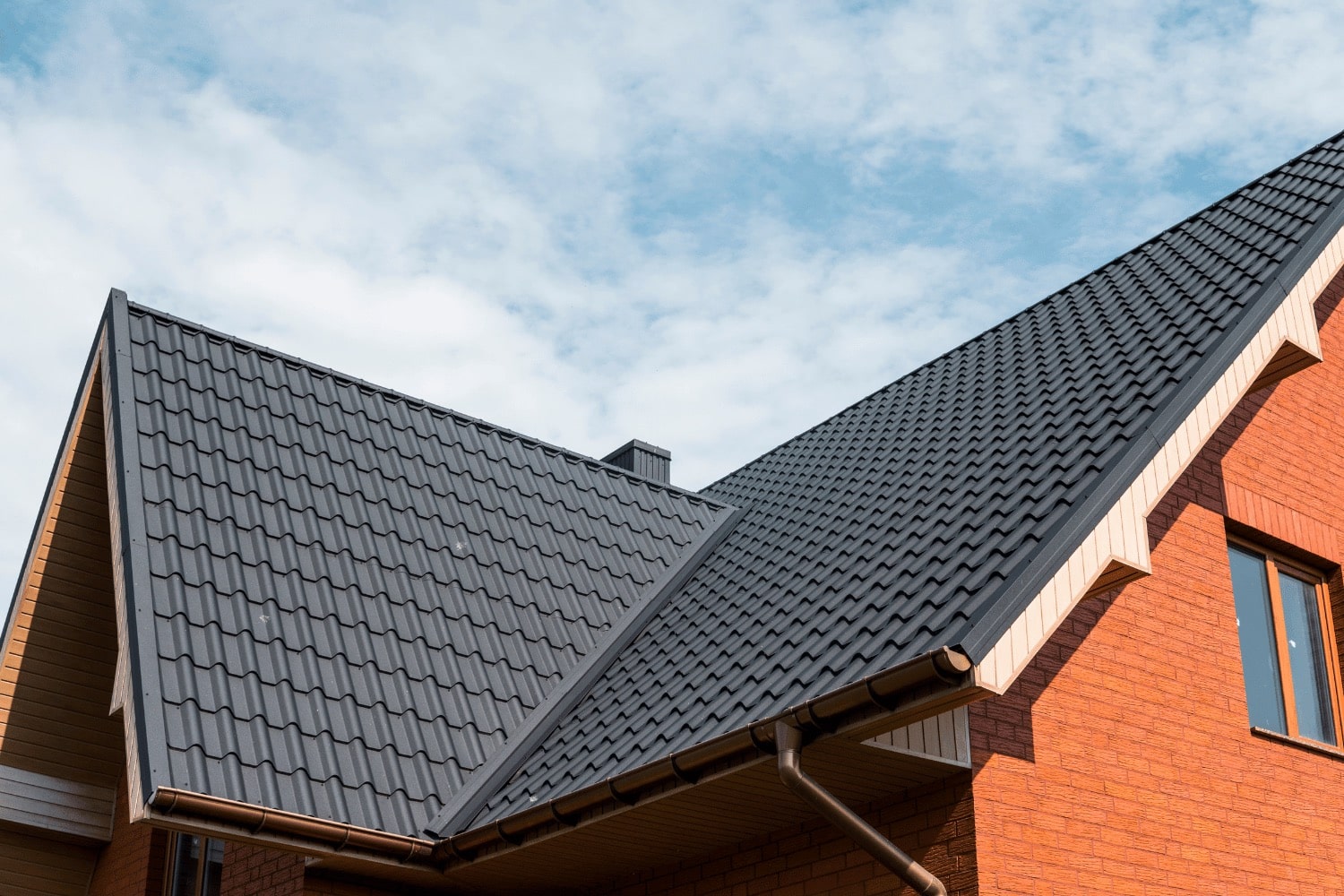
The style and visual impact of a roof can greatly influence a homeowner’s choice between a gable and a hip roof. Hip roofs are noted for a symmetrical and consistent appearance, while gable roofs are recognized for their classic, distinctive peak and triangular shape.
Some people might view the gable side of a roof as a large, dull, flat expanse of siding, which can be seen as a visual drawback. On the other hand, hip roofs are often found on more expensive homes, potentially impacting the resale value due to their association with higher-end residential design.
Space and Storage Considerations
In terms of space and storage, gable roofs usually have the upper hand. Their design allows for additional attic space, which can be utilized for storage or even transformed into extra living areas.
In contrast, hip roofs tend to have less attic space due to the need for diagonal bracing. However, this limitation can be mitigated by incorporating dormers that add extra space and natural light, making the most out of the attic area.
Weather Performance and Durability
The weather performance and durability of a roof are vital factors during selection. Hip roofs are known for their high resistance to strong winds, making them recommended for areas susceptible to such weather conditions. On the other hand, gable roofs require proper design to maintain wind resistance and may need additional windproofing measures such as keeping the roof overhang less than 30 inches.
While hip roofs have a lower pitch that might not shed snow as effectively as gable roofs, they distribute the weight of the snow evenly, minimizing the risk of snow accumulation damage. However, they could face design challenges to meet snow load standards according to building codes.
Meanwhile, regular maintenance is necessary for hip roofs to prevent leaks, particularly at points where slopes meet.
Distinctive Variations: Exploring Types of Gable and Hip Roofs
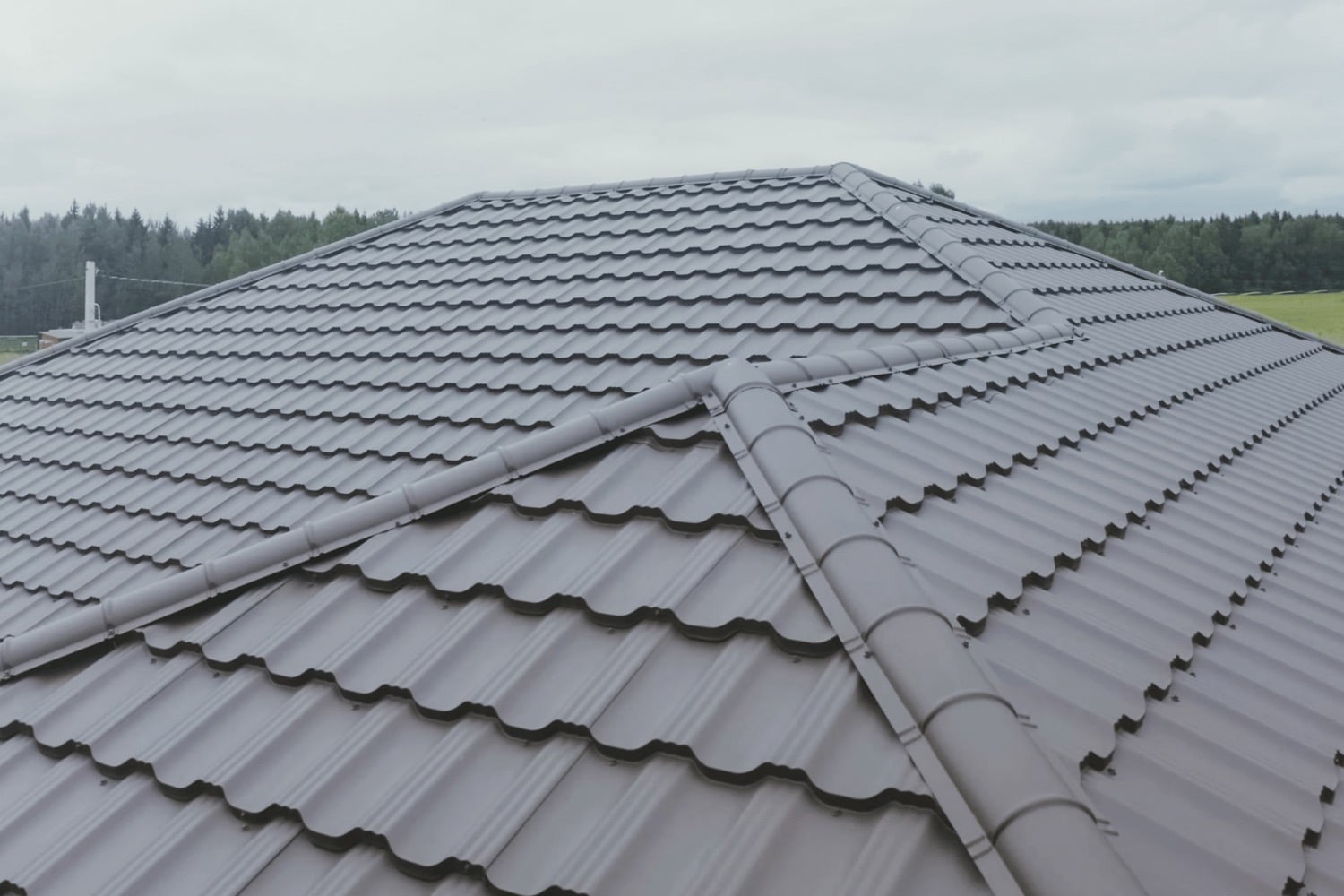
Just as every home is unique, so are gable and hip roofs. Both types offer a variety of architectural variations, each boasting unique features and design aesthetics. Some examples include:
-
Front gable roofs, which are suited for Colonial and A-frame homes
-
Side gable roofs, which are typical for Federal and National styles
-
Cross gable roofs, which add complexity to the roof design
The possibilities are both diverse and captivating.
Meanwhile, hip roofs can be adapted into innovative designs like pavilion and mansard roofs, or even tented, Dutch, and half-hip roofs. These creative adaptations of the traditional hip roof structure meet various architectural requirements and aesthetic tastes, highlighting the versatility and functionality of hip roofs in modern architecture.
Creative Twists on Gable Roofs
Gable roofs are far from homogenous. They can be creatively adapted into various styles such as box gable, cross gable roof, and Dutch gable roofs. A box gable roof, for example, extends the gable out, covering the sidewall and accentuating the triangular aspect of the design.
Then there’s the Dutch gable roof, a hybrid that places a traditional gable atop a hip roof, offering a combination of both roof styles. Cross-gable roofs, on the other hand, consist of two or more gable roof sections intersecting at different lengths and heights, adding a unique layer of complexity to roof design.
Innovative Hip Roof Designs
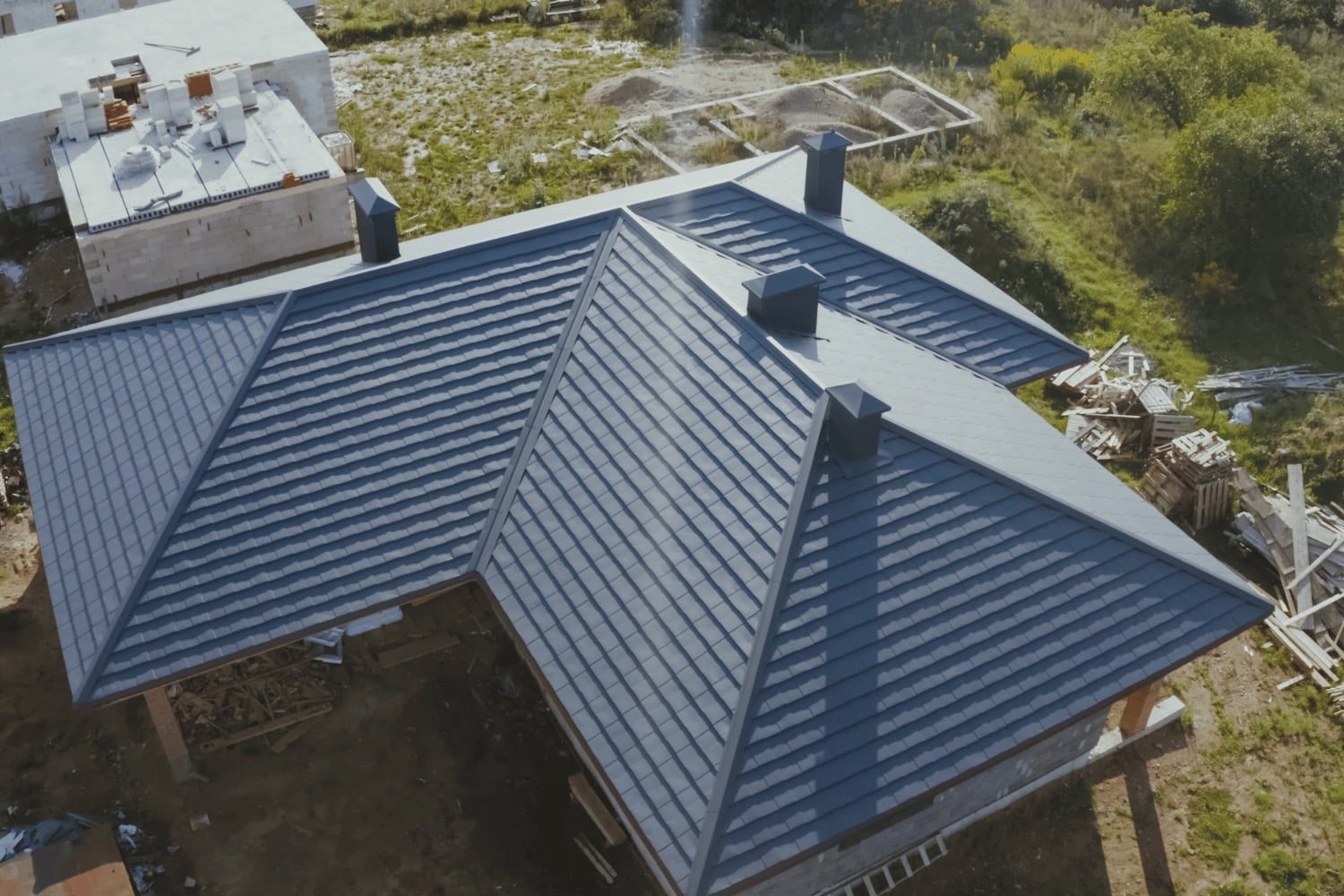
Hip roofs also offer room for creativity and innovation. Designs like:
-
Pavilion roof (also known as a pyramid roof)
-
Mansard roof
-
Tented roof
-
Dutch roof
-
Half-hip roof
represent adaptations of the traditional hip roof structure to meet various architectural requirements and aesthetic tastes. The pavilion roof, also known as a pyramid roof, is a prime example of this innovation, enhancing both visual appeal and architectural distinctness.
Apart from the pavilion roof, other creative designs such as:
-
the tented roof
-
the Dutch roof
-
the half-hip roof also expand the versatility and functionality of hip roofs in modern architecture. Take the mansard roof, for instance. This sophisticated innovation in hip roof design offers extra living space and greater flexibility in architectural style, proving that hip roofs can be as practical as they are appealing.
Enhancing Your Home: Additional Roof Features
Apart from the fundamental structure and design, gable and hip roofs can incorporate additional features that enhance your home’s functionality and aesthetic appeal. Features such as skylights, ventilation solutions, and renewable energy options can take a roof from being just a protective covering to an essential part of your home’s design and energy efficiency.
Skylights and Natural Light
Skylights can be a fantastic addition to both gable and hip roofs. They provide:
-
Greater natural light to indoor spaces, reducing the need for artificial lighting and improving energy efficiency
-
Health benefits by helping to regulate circadian rhythms and enhancing mood
-
The feeling of larger and more inviting spaces
Plus, skylights add a unique element to the aesthetic of a home, creating a visual connection between the indoors and the natural surroundings.
Ventilation Solutions
Proper ventilation is crucial to the longevity and performance of any roof. Features such as gable vents, ridge vents, and soffit vents ensure proper airflow and reduce moisture accumulation in attics. Ridge vents, for example, are installed across the peak of a roof to expel hot air from the attic and are most effective when paired with intake vents such as soffit vents.
Even gable vents serve as an exhaust system through horizontal or cross-ventilation, although they are considered an older form of ventilation.
Embracing Renewable Energy
In this era of growing environmental consciousness, many homeowners are looking to make their homes more energy-efficient. One way to do this is by installing solar panels on your roof. Gable roofs, with their large, flat surfaces, are particularly well-suited to accommodate numerous solar panels.
While hip roofs provide good sun exposure, their shape can limit the number of solar panels that can be installed. However, with the right design and placement, both types of roofs can achieve high solar receptivity, making the most of this renewable energy source.
Navigating Roof Replacement and Installation
Whether it’s for a new home or a renovation project, picking the right roof is a critical decision. However, the journey doesn’t end there. Roof installation or replacement is a complex task demanding expert supervision and attention to detail. This is where Rapid Roofing comes in. With our in-depth and structured process, we ensure each project is completed efficiently and successfully.
We also take considerable precautions to protect your property during roof installations, such as utilizing tarps and wooden boards to safeguard your home’s exterior and landscaping.
Expertise in Roof Replacement
At Rapid Roofing, we pride ourselves on our expertise in roof replacement. We offer tailored services to meet the unique needs of each neighborhood. Our virtual inspections can produce higher quality results and expedite the processing of permits and documents, ensuring a seamless and efficient process.
Additionally, we provide thorough inspections of properties to prevent overlooking any damage that could undermine an insurance claim, making sure you get the coverage you’re entitled to.
Financing and Insurance Assistance
We understand that roof replacement or installation can be a significant investment. That’s why we provide financing assistance through flexible programs to accommodate different financial situations of homeowners. We’re also experts in handling insurance claims for roof repairs, simplifying the process and maximizing your insurance coverage to reduce the financial stress on you.
Summary
Choosing between a gable and a hip roof is a decision that involves various factors, from aesthetic preferences to practical considerations like weather resistance and space requirements. Both types of roofs have their unique advantages and challenges, and the right choice will depend on your specific needs, preferences, and the local climate. By understanding the strengths and limitations of each, you can make an informed decision that will enhance both the functionality and aesthetic appeal of your home. Remember, a roof is more than just a covering for your home; it’s a crucial element of your home’s design, energy efficiency, and value.
Frequently Asked Questions
What services does Rapid Roofing offer besides roofing?
Rapid Roofing offers additional services such as gutters, siding, and skylights.
How many locations does Rapid Roofing have between Michigan and Ohio?
Rapid Roofing has 6 locations between Michigan and Ohio, providing convenient access for customers in the region.
Does Rapid Roofing provide financing assistance?
Yes, Rapid Roofing offers financing assistance through flexible programs.
Can Rapid Roofing help with insurance claims?
Yes, Rapid Roofing can definitely help with insurance claims as they are experts in handling them.
What are the benefits of choosing a commercial roofing company for flat roof repairs?
Choosing a commercial roofing company for flat roof repairs ensures timely and expert service tailored to the specific needs of your commercial property. This can save you time and ensure quality repairs.

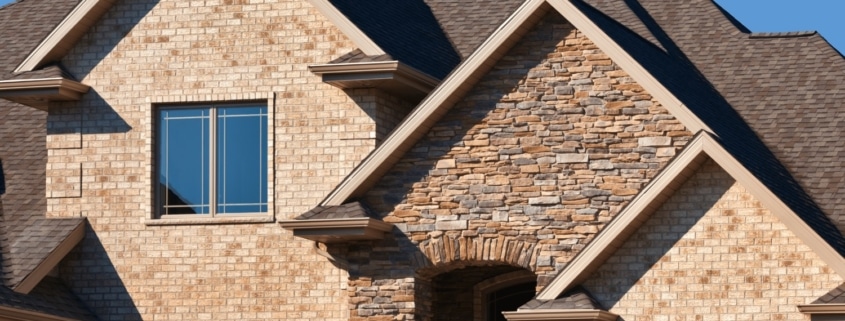



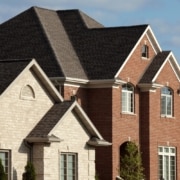
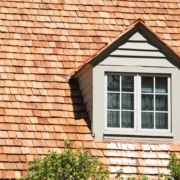
 Residential Roofing
Residential Roofing Storm Damage
Storm Damage Multi-Family Homes
Multi-Family Homes
